
Лабораторные работы / Решенная лабораторная по физике 05
.docThe laboratory work No 5.
Determination of the moment of inertia by a method of oscillations.
Had done by the student gr: 220473я F.N.S. Pavlov F.E.
Checked by ______________________ date ____________
Purpose: to define the moment of inertial of monolithic core in respect of two parallel axes. The result to compare with the Schteiner’s theorem.
The order of performing a work:
-
To hang up a core on the threads strictly horizontal, by arranging it between directing.
-
To undertake for right directing and to turn a core on 4
 .
Then sharply to unwrap a directing rod from a core, by giving it an
opportunity to make oscillations
in
respect of axis
.
Then sharply to unwrap a directing rod from a core, by giving it an
opportunity to make oscillations
in
respect of axis
 (figure
1).
(figure
1).
-
To measure the time
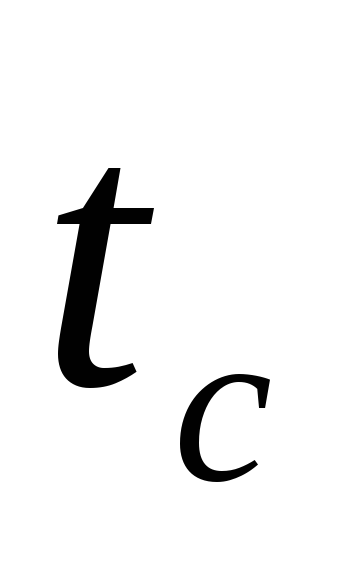 of full
of full
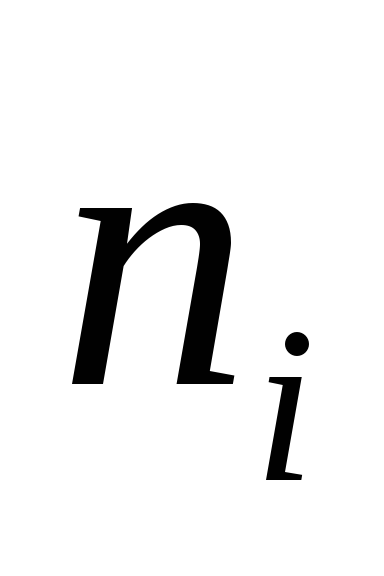 oscillations (
oscillations ( =10).
To evaluate the period of oscillations
=10).
To evaluate the period of oscillations
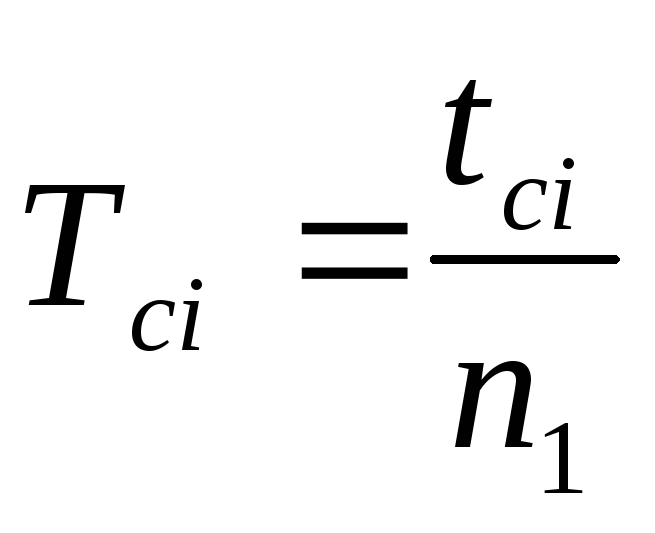 (9 times). Then to evaluate <
(9 times). Then to evaluate <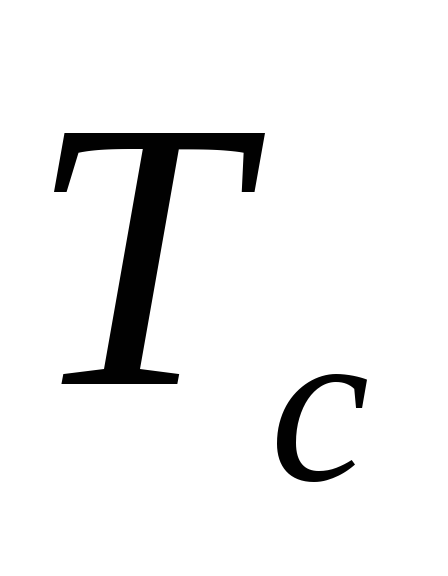 >.
>. -
To measure
 -
distance between the points A and B for which suspended
the core;
-
distance between the points A and B for which suspended
the core;
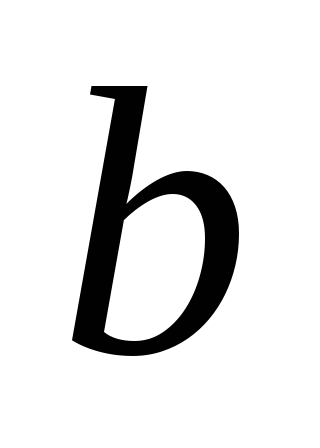 -
length of the
threads.
-
length of the
threads. -
To hang up a core for the end A and to produce oscillations in a vertical plane. The angle of a rejection doesn't to exceed 4
 .
. -
To measure the times of full 10 oscillations of the core and evaluate
 (9
times). Then to evaluate <
(9
times). Then to evaluate <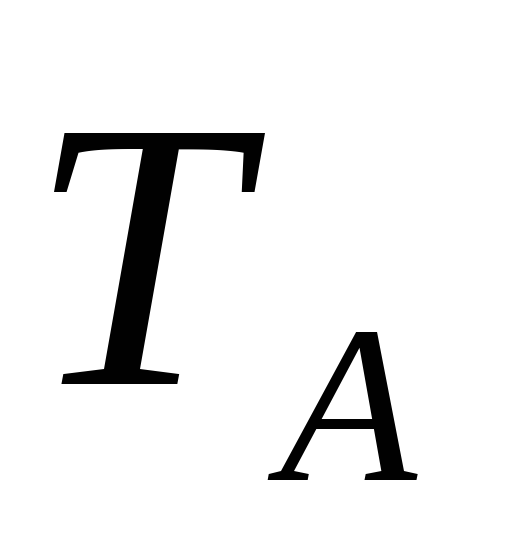 >.
>. -
Under the formulas
 ,
,
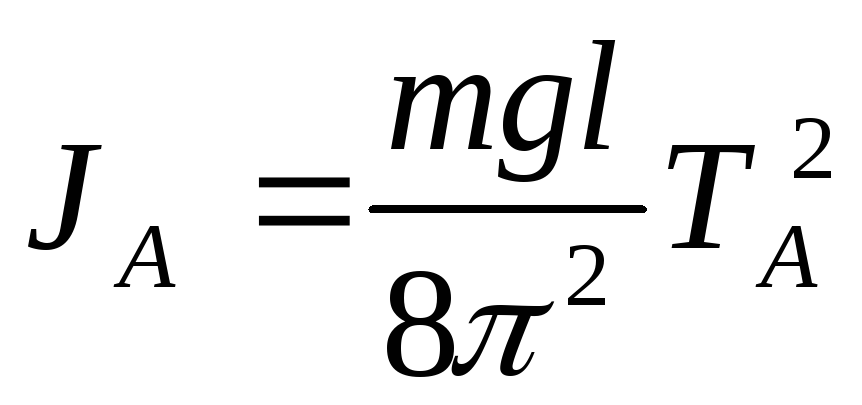 to evaluate
to evaluate
-
The casual rejections are equal:
 ,
,
 ;
a square rejections:
;
a square rejections:
 ,
,
 .
The errors of results are:
.
The errors of results are:
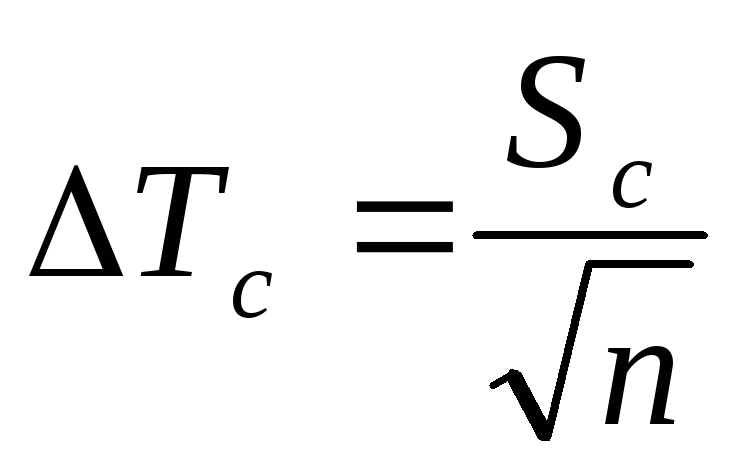 ,
,
 .
. -
The attitude and absolute errors to evaluate by formulas:
 ;
;
 .
.
-
 ;
;
 .
.
-
To evaluate
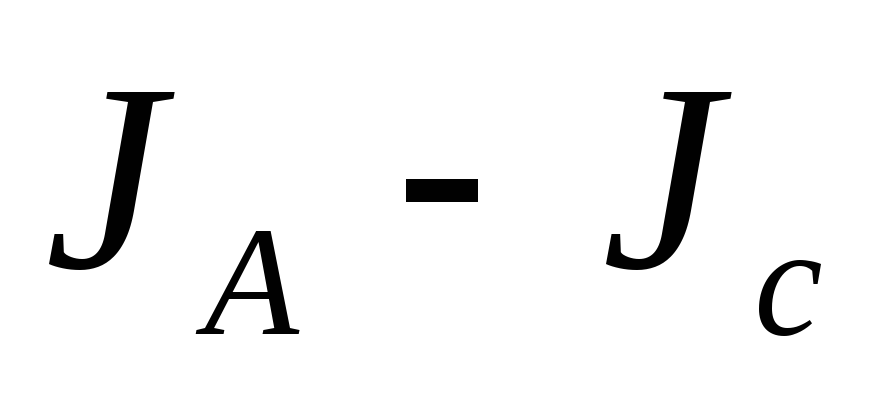 and
and
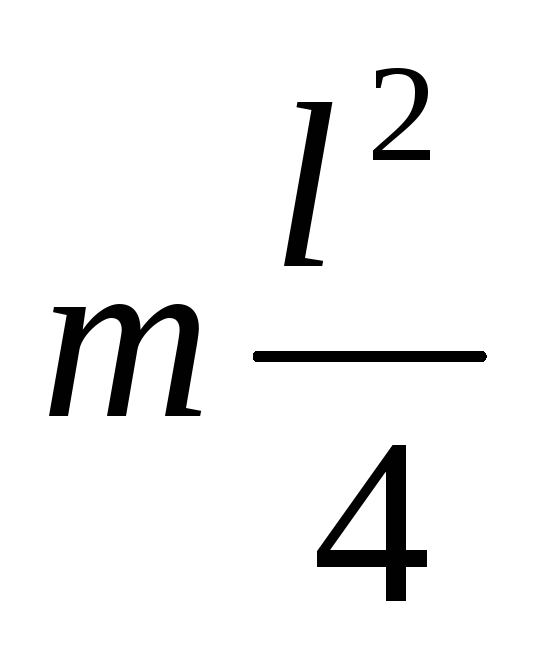 .
. -
To write data of measurements and calculations in the table 1-5.
Figure 1. Figure 2. Figure 3.
The lows of conservation of energy:
![]() (1)
(1)
The
core
which is hang up on
the
two threads
to make a harmonicall oscillations (figure 1). To define its max
angular velocity
![]() ,
differentiating
,
differentiating
![]() by the time:
by the time:
![]() (2)
(2)
The
maximum height elevation of the center of masses is defining by the
angel
![]() (figure
2):
(figure
2):
![]()
At
a little meanings of
![]() and
and
![]() the
end of the core passes
a way
the
end of the core passes
a way
![]() ,
which is approximately
equal the length of the arch
,
which is approximately
equal the length of the arch
![]() :
:
![]()
![]()
Then
![]() (3)
(3)
Using all formulas (1), (2) and (3) we have:
![]() .
.
In
to the formula (1) substitute
a maximum meaning of velocity at passes the
static state
![]() from
(2) and the
maximum height rise of the center of masses
from
(2) and the
maximum height rise of the center of masses
![]() (figure
3). We have:
(figure
3). We have:
![]() (4)
(4)
From the equation (1) with (2) and (4) we have:
![]() .
.
Table No1.
|
|
|
|
|
|
||
|
10 |
8,4 |
0,84 |
0,064 |
0,004096 |
||
|
8,32 |
0,832 |
0,056 |
0,003136 |
|||
|
7,3 |
0,73 |
0,046 |
0,002116 |
|||
|
7,4 |
0,74 |
0,036 |
0,001296 |
|||
|
7,74 |
0,774 |
0,002 |
0,000004 |
|||
|
7,38 |
0,738 |
0,038 |
0,001444 |
|||
|
7,6 |
0,76 |
0,016 |
0,000256 |
|||
|
8,04 |
0,804 |
0,028 |
0,000784 |
|||
|
7,64 |
0,764 |
0,012 |
0,000144 |
|||
|
< |
|
|
||||
Table No2.
|
|
|
|
|
|
||
|
10 |
8,1 |
0,81 |
0,027 |
0,000729 |
||
|
7,5 |
0,75 |
0,033 |
0,001089 |
|||
|
7,62 |
0,762 |
0,021 |
0,000441 |
|||
|
8,06 |
0,806 |
0,023 |
0,000529 |
|||
|
7,49 |
0,749 |
0,034 |
0,001156 |
|||
|
8,08 |
0,808 |
0,025 |
0,000625 |
|||
|
8,04 |
0,804 |
0,021 |
0,000441 |
|||
|
7,47 |
0,747 |
0,036 |
0,001296 |
|||
|
8,07 |
0,807 |
0,024 |
0,000576 |
|||
|
< |
|
|
||||
Table No3.
|
|
|
|
|
|
|
|
0.0554 |
0.00005 |
0.24 |
0.005 |
0.42 |
0.005 |
Table No4.
|
|
|
|
|
|
|
|
0.000290 |
0,00000061 |
0.001035 |
0,00000219 |
0.000745 |
0.000797 |
Table No5.
|
|
|
|
2.11 |
2.12 |
Conclusion: so we have studied to define the moment of inertia of monolithic core in respect of two parallel axes.And to compare with the Schteiner’s theorem.
